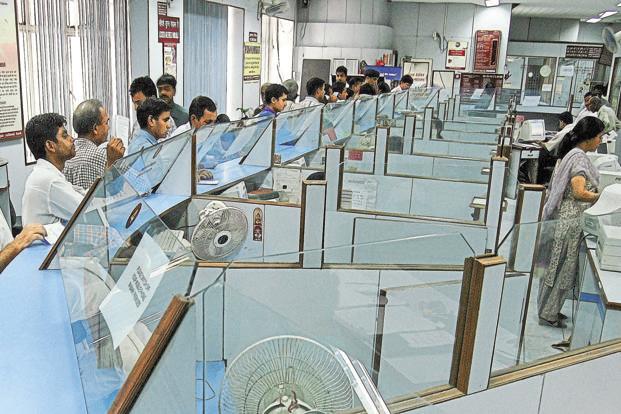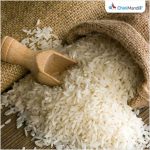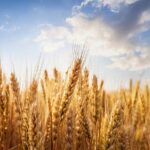Singapore, June 30 (ANI): Indian banks face systemic risk as the country sorts through the aftermath of Covid the second wave, S&P Global Ratings said on Wednesday.
Lenders struggled with a high level of weak loans well before the pandemic struck and conditions have clearly deteriorated.
S&P expects the second wave to impair the performance of Indian financial intuitions in the first half of fiscal year 2022 with much resting on the effectiveness of government measures to address this problem.
The banking sector’s weak loans will likely remain elevated at 11 to 12 per cent of gross loans in the next 12 to 18 months. Credit losses should remain high at 2.2 per cent before recovering to 1.8 per cent in fiscal 2023 (year ending March 31, 2023).
“The second wave has front-ended weakness in asset quality,” said S&P Global Ratings credit analyst Deepali Seth Chhabria. “Financial institutions face a strained first half amid weak collections and poor disbursements.”
The government has recently announced support for the microfinance and tourism sectors that should help struggling borrowers. This support comes on top of recently extended loan guarantees to small and mid-size enterprises (SMEs).
A Covid resurgence involving new and potentially aggressive variants, and a vaccine rollout that undershoots current expectations remain the key downside risks, said S&P. Limited vaccine supplies and people’s reluctance to take doses have held back the country’s inoculation programme.
Fully vaccinating roughly 70 per cent of the country will likely take at least until the first half of 2022. This leaves the economic recovery highly vulnerable to Covid setbacks, particularly if fresh outbreaks trigger new lockdowns.
The Indian economy has been in recovery mode since June. This followed a sharp contraction in the economic activity in April and May after the government imposed localised lockdowns across much of the country. The lockdowns have helped contain the second wave which has been responsible for about 2.35 lakh deaths.
S&P said consumption indicators like vehicle sales fell sharply in May and consumer confidence remains downbeat. The latest outbreak has less severely affected the country’s manufacturing and exports than was seen during the first wave of infections in 2020 but services continue to be disrupted.
The current recovery should be less steep than the bounce that unfolded in late 2020 and early 2021. Households are running down savings. A desire to rebuild their cash holding may delay spending even as the economy reopens.
While S&P expects real GDP growth of 9.5 per cent in fiscal 2022, this is off a low base. (ANI)
To receive ChiniMandi updates on WhatsApp, please click on the link below.
WhatsApp Group Link












